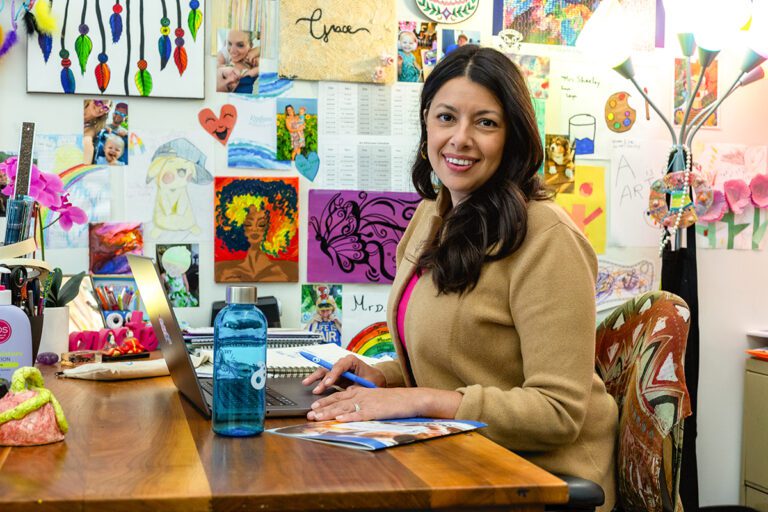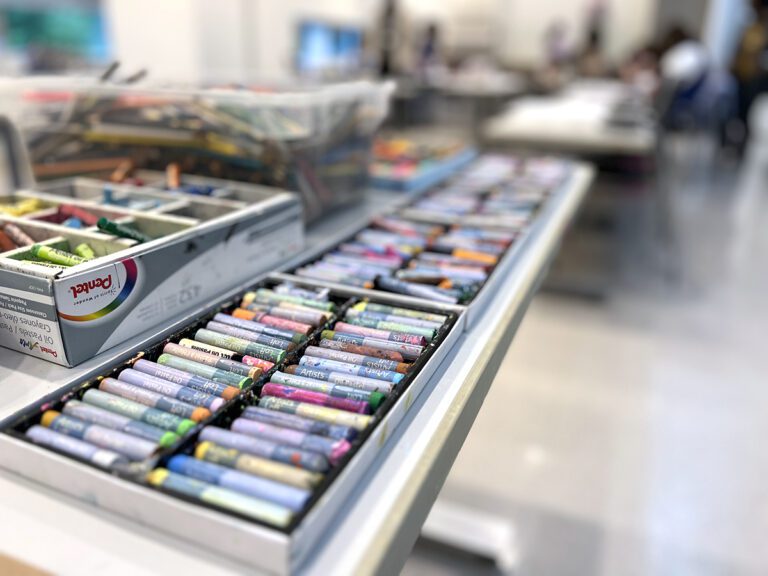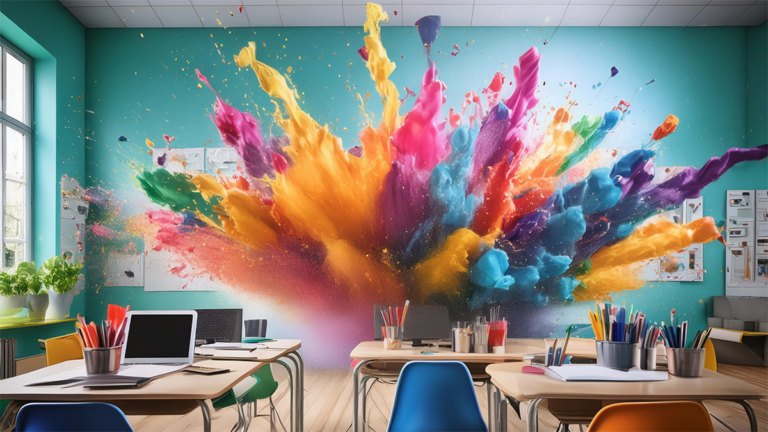Raise your hand if you’re the stereotypical tortured artist type. The image of the solitary artist, working away in isolation, has existed for centuries. This stereotype translates all too often in the classroom with 66% of art teachers reporting they are the only art teachers in their building. Since you’ve mastered working alone down to a tee, it’s easy to overlook the benefits of being part of a community—especially when creating your own art. Explore the benefits of making alongside other artists and the practical steps to build a vibrant art community.
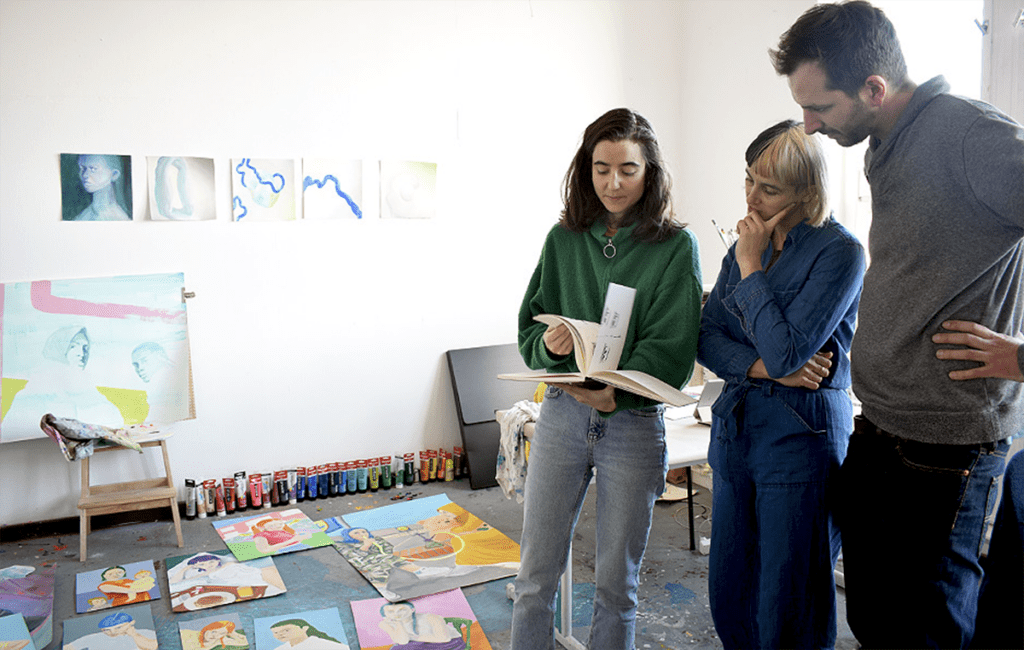
A community helps provide the support you need to develop a thriving creative practice. Below are three key ways your creative practice will benefit from an artist community.
Creating in a community fosters a sense of belonging and connection and enriches the overall experience of being an artist. When artists come together, they learn from each other, gain new perspectives, inspire creativity, and increase their social capital. Being part of a creative community also provides artists the encouragement and validation to navigate challenges, overcome self-doubt, and stay motivated. Enhance your artwork’s quality and deepen your artmaking experience in the following areas.
1. Inspiration & Skill Development
Interacting with fellow artists exposes you to fresh ideas, innovative approaches, and emerging trends in the art world. It can ignite you to be more creative, push boundaries, and experiment. With others’ insights, you can master a new technique, refine existing skills, or explore different mediums. This exchange of knowledge and expertise fosters personal and professional growth and will empower you to keep improving your craft.
2. Emotional Support & Motivation
Sharing successes, challenges, and experiences with fellow artists provides camaraderie, which reduces feelings of isolation and provides invaluable emotional support. A supportive community fosters belonging and can help you navigate the emotional ups and downs of the creative process. Community also offers motivation and accountability, so you can keep making progress toward your goals. Developing healthy habits and time management is easier when other artists regularly see your work and check in on you.
3. Feedback & Critique
Collaborating with others gives you many opportunities to practice giving and receiving constructive feedback. Engaging with a creative community provides diverse perspectives that will highlight your strengths and pinpoint areas for improvement. Peers can offer fresh insights about your work that can spark new ideas for growth.
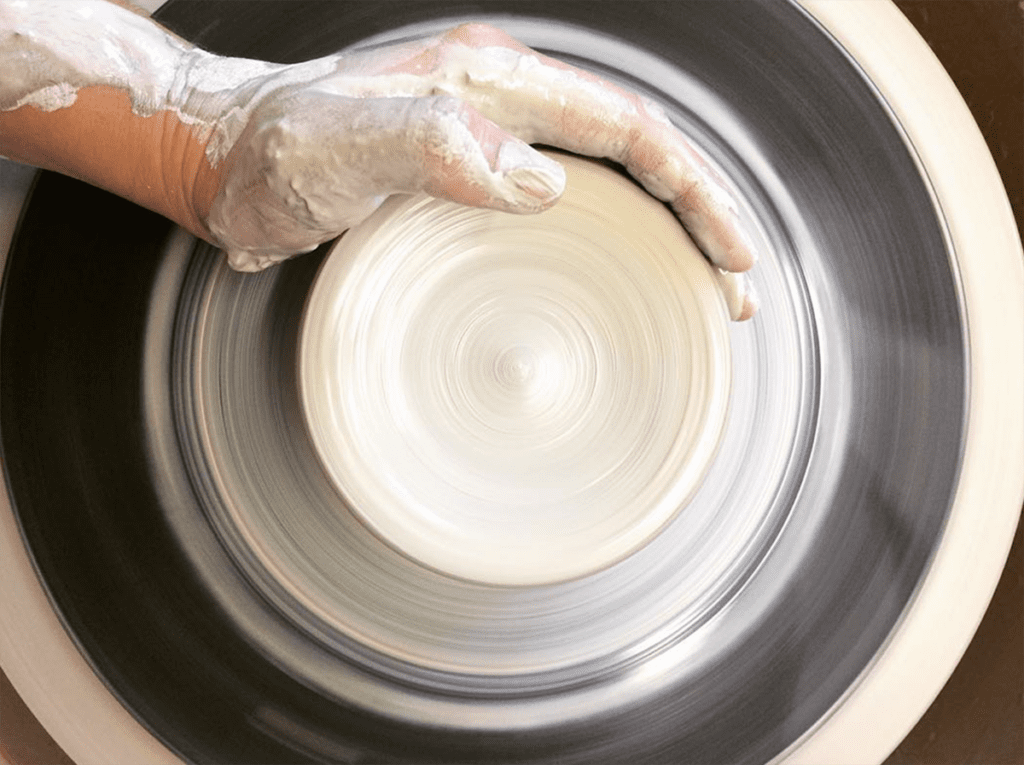
Establishing a creative community is more manageable than it may seem. Use these nine ideas to begin building the vibrant community you crave.
1. Make art in a public space.
Taking your art practice outside of your comfortable studio offers a change of scenery and invites interaction with the public. Create art in parks, streets, the subway, or other public areas. In doing so, you open yourself up to conversations with passersby, other artists, and potential admirers. This spontaneous interaction can lead to new connections, opportunities, and collaborations, helping you feel more integrated into the local art scene.
2. Take a tour of a fellow artist’s studio.
Explore the artistic practices of other artists and hear them talk about their work. Visiting the studios of fellow artists allows you to see how they organize their creative space and approach their work. These visits provide fresh ideas and processes that you can incorporate into your space and practice.
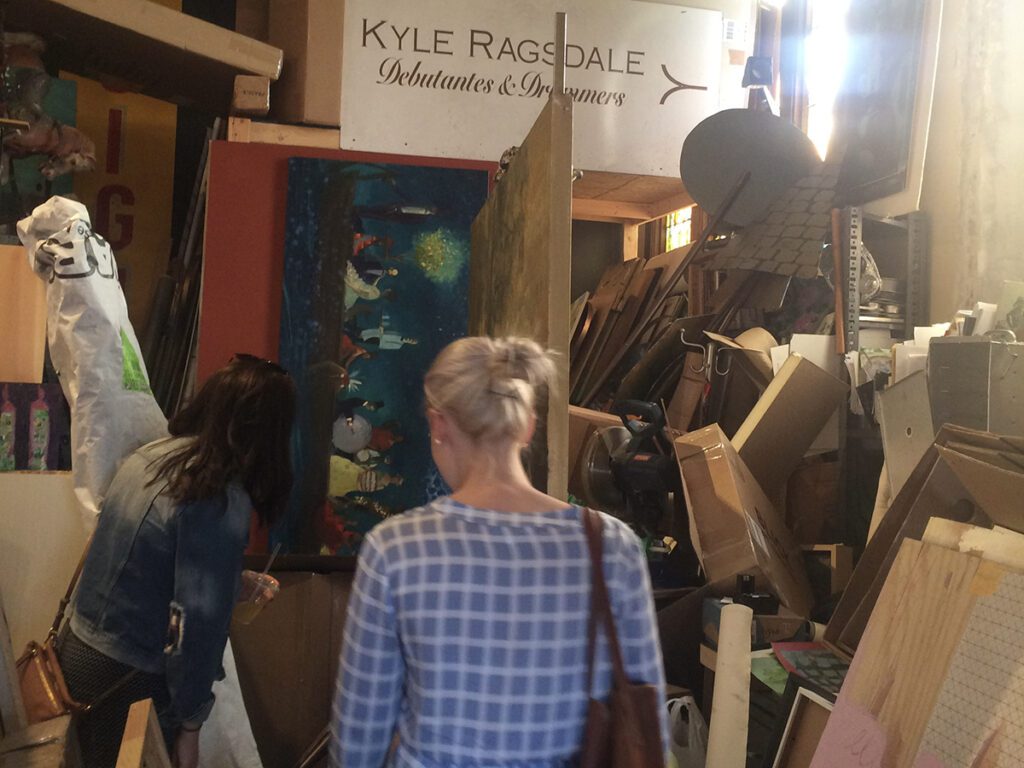
3. Follow five of the artists your favorite artist follows on social media.
Expanding your online network is crucial in the digital age. Tap into a broader and often more interconnected art community by following artists that your favorite artist follows. This content exposes you to diverse artistic styles, techniques, and perspectives. Engage with these new artists by commenting on their work to prompt meaningful online relationships and collaborations.
4. Go to an artist talk hosted by an art organization or association.
Attending artist talks provides an opportunity to hear directly from experienced and often renowned artists about their creative journeys, techniques, and philosophies. Tune into what artist educators like you have to say or attend the next NOW Conference to learn from featured presenters. These events are also excellent networking opportunities, allowing you to meet other attendees who share your interests. Register for the online NOW conference to connect with over 2,500 art teachers worldwide who are just like you!
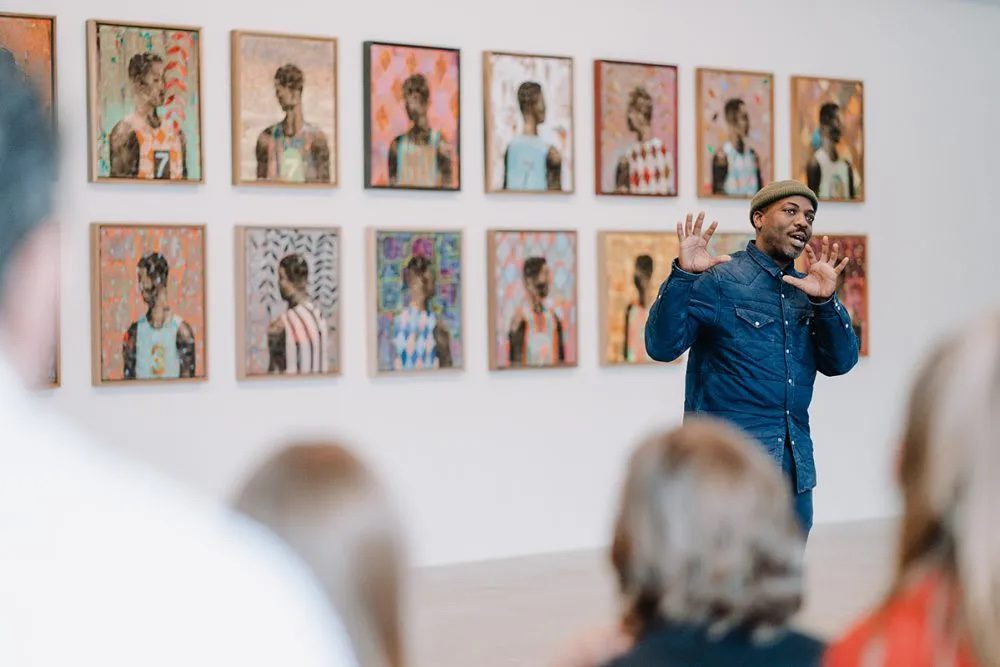
5. Take an art class at your local arts center or online.
Enrolling in an art class at a local arts center or online offers structured learning and skill development under the guidance of experienced instructors. These classes bring together individuals with a shared passion for art, creating a safe and collaborative environment to learn and make. The connections you form in a class can lead to a robust and lasting community of artists who champion and inspire each other.
6. Attend an exhibition opening at a local art gallery.
Attending exhibition openings at local art galleries is a fantastic way to immerse yourself in the local art scene. These events provide opportunities to meet other artists, gallery owners, and art enthusiasts. Engage in conversations about the displayed works to inspire new ideas and foster connections. Who knows? Maybe one day, a connection can lead to a future exhibition of your own!
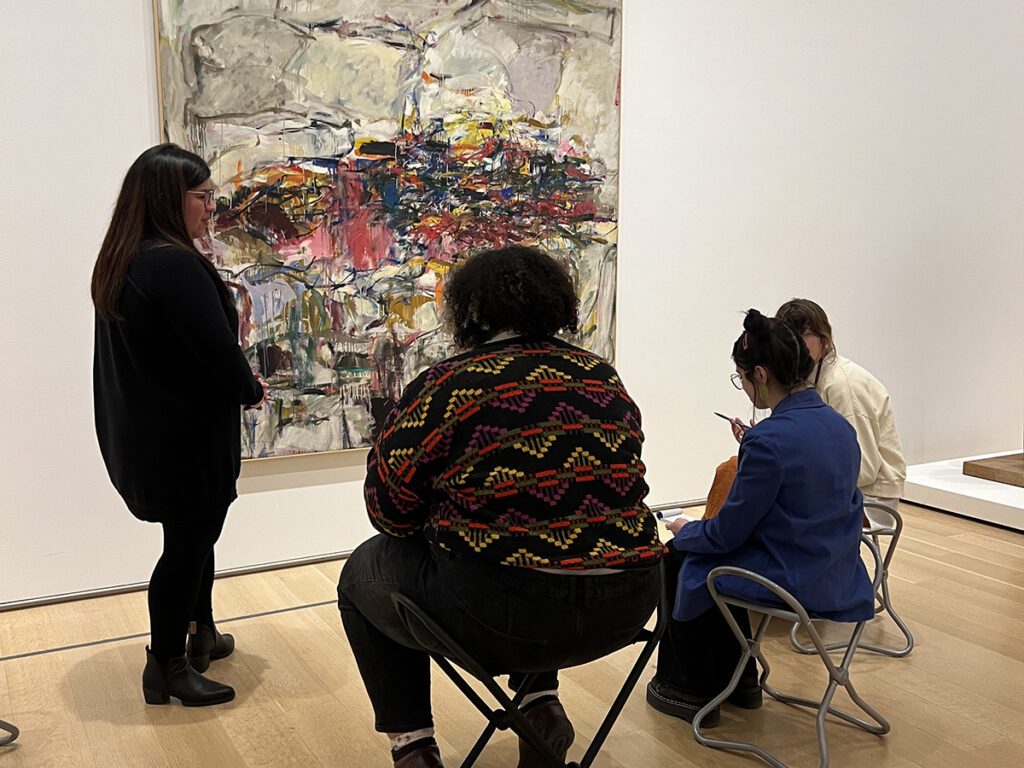
7. Try out a community program at an art museum.
Art museums often host community programs, workshops, and classes to bring together artists and art lovers. Participating in these programs allows you to discover new techniques and explore fresh artists. Additionally, these settings are perfect for networking with other like-minded individuals.
8. Host a collaborative painting night.
Hosting a collaborative painting night is an excellent way to gather fellow artists in a relaxed, creative environment. Invite artists of all skill levels to come together and play with paint! Work on a shared canvas or individual pieces while exchanging ideas and techniques. This informal setting encourages open dialogue, constructive feedback, and mutual inspiration, which will strengthen your budding art community.
9. Volunteer at a First Friday or other community art event.
Volunteering at community art events, such as a First Friday, helps you become an active participant in the local art scene. These events often require help with setup, promotion, running the event on the day of, and tear down. You’ll have ample opportunities to meet and collaborate with other artists and community members. Being involved will not only enhance your visibility within the art community but also give you a voice as you contribute to and shape the local art culture.
A supportive community provides the foundation you need for a thriving artmaking practice. It can offer inspiration, skill development, emotional support, motivation, and constructive feedback so your body of work will flourish! Then, bring your experiences into your art room for your students. After all, an inspired artist is an inspired art teacher. Plus, creating in community will nurture and sustain you, bringing balance to your life and a healthy way to decompress after a long school day. Establishing your network is more accessible than you may think—tour a fellow artist’s studio, attend an artist talk, or participate in a community program. Step out of the tortured artist stereotype for good and step into vibrant community!
What first step will you take to connect with other artists?
If you’re a part of an artmaking community, share one way you’ve grown!
Magazine articles and podcasts are opinions of professional education contributors and do not necessarily represent the position of the Art of Education University (AOEU) or its academic offerings. Contributors use terms in the way they are most often talked about in the scope of their educational experiences.


